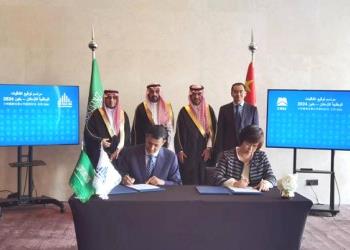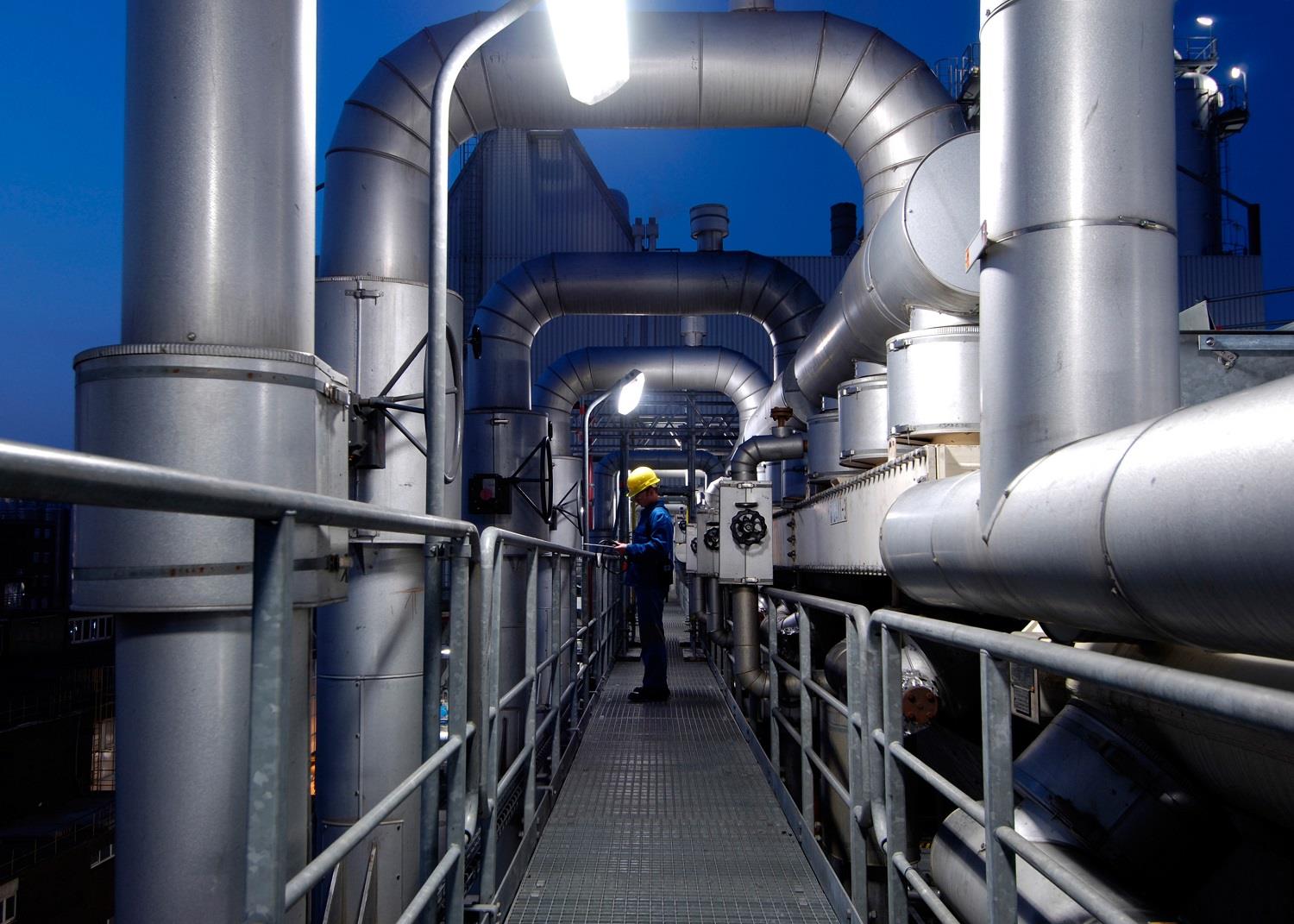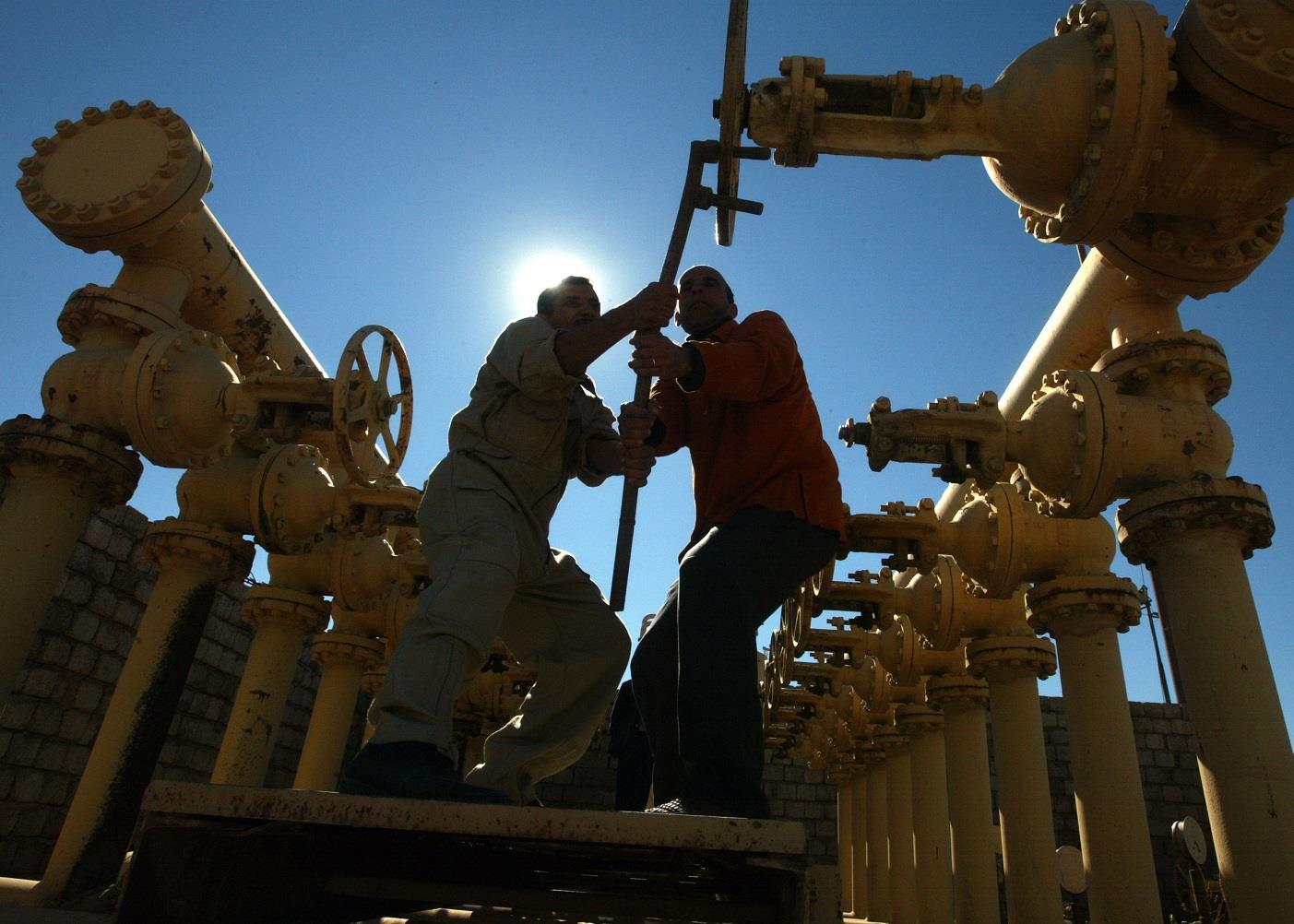
With ample public finances available to fund infrastructure projects, the Saudi government has become less keen to pursue public-private partnerships
Two years ago, Saudi Arabia unveiled the GCCs first public-private partnership (PPP) airport scheme, a $1.2bn expansion of Medina airport, designed to increase its capacity from about 3.5 million passengers to 8 million a year by 2015.
The scene was set for the kingdom to lead the pace for regional PPP transport schemes. The landmark project commissioned by the General Authority of Civil Aviation (GACA) established a special-purpose vehicle led by Turkish operator TAV Airports Holding, with the local Saudi Oger and Al-Rajhi Holding, as the private sector concessionaire. The project proved a near-textbook case of how to put together an aviation PPP and triggered a surge of interest in the possibility of using the private sector to fund and operate key pieces of infrastructure.
Lack of appetite
The value of the deal and the significance of the location in the holy city of Medina marked the airport expansion out as a significant project, and sponsors viewed it as likely to set a template for all subsequent airport PPPs in the kingdom. That appetite has failed to materialise, however. Instead, direct engineering, procurement and construction (EPC) projects are back in favour and private sector delivery of infrastructure has, temporarily at least, been shelved.
Gacas decision to float tenders in early February for the expansions of two domestic airports, Qassim and Al-Jouf, on an EPC basis provided evidence that the plan for aviation PPPs has been put aside.
The contracts to build the new King Abdullah bin Abdulaziz airport in Jizan and the proposed expansion of King Abdulaziz International Airport in Jeddah and King Khaled International Airport in Riyadh are also being let as traditional EPC deals. Several other regional airports are being developed by Gaca, including at Abha, Al-Baha and Tabuk.
Having built momentum for PPPs in aviation, the government appears to have retreated to a strategy of state-led procurement methods. At the most basic level, with substantial cash reserves at its disposal, Riyadh does not have the incentive that European PPP markets such as France or the UK have in getting the private sector to foot the bill for infrastructure delivery. In those countries, with governments saddled with high debt levels, there is little option but to let private firms absorb the cost of infrastructure construction. Gaca, on the other hand, has ample liquidity to fund its ambitious expansion schemes.
As one Gulf-based adviser notes, this is a key reason why Gaca is less keen to undertake PPPs than before. It has raised a massive amount of cash through the issuance of sukuk [Islamic bonds] and is sitting on a pile of money, the adviser says. Its view is why should it pay a return on equity to a PPP developer over 20 years, when it could easily pay for those assets itself?
Even so, PPPs offer project sponsors other benefits that EPC cannot match. Among these are improved quality of service, faster delivery times and the incentivisation of technology transfer. Potential private investors still appear wary of taking on project risk in the kingdom. Medina airport was a success because it was well-structured and essentially driven by robust religious [tourism], and there was a perception in the market that traffic volumes would rise, says Antoine Cousin, a Riyadh-based partner with US law firm White & Case, which advised on the airport PPP. There was an element of commercial risk that investors were willing to take as they were confident the traffic would support the cash flows.
Private operators were comfortable with the stable revenue flows associated with the Medina airport PPP, which was preceded in 2006 by another private scheme, the Hajj terminal expansion at Jeddahs King Abdulaziz airport. Here, a 20-year build-operate-transfer (BOT) concession was awarded to a consortium led by Saudi Binladin Group in association with Frances Aeroports de Paris Management. The concessionaire was mandated to increase capacity to handle 3,800 arriving passengers and 3,500 departing passengers an hour.
Wary investors
The problem is that there is not a huge number of projects like Medina and the Hajj terminal that are able to capture religious traffic volumes, and where lenders and sponsors are willing to take on the traffic risk. This, experts say, is one reason why Gaca opted to tender its other airport projects on an EPC basis.
The faltering appetite for PPP reflects the Saudi authorities perception that these schemes are complicated and that the delivery timeframe is uncertain. Theres a perception that these projects are sometimes complex and time-consuming, and may entail significant transaction costs, says Cousin.
The gestation of PPP in the Saudi context has not been smooth, apart from the Medina PPP. Originally, the model had been envisaged as the most favoured funding structure for the ambitious Saudi Landbridge rail project linking Jubail on the Gulf with Jeddah Islamic Port on the Red Sea. In April 2008, the Tarabot consortium was named preferred bidder for a 50-year PPP contract, but the failure to agree financial terms on the $7bn scheme led to the scrapping of the private sector option.
The Saudis have been considering PPPs, such as the Saudi Landbridge project, but our understanding was that the initial structuring wasnt right, says Karim Nassif, an analyst at the US Standard & Poors. There was a realisation that when entering a new asset class like rail, there was going to be a need to mitigate volume risk for the private sector investors, and this wasnt explicit on the Landbridge deal.
The Landbridge project re-emphasised the need to get the model right from the outset. The Saudi government became aware that successful PPPs need to have an attractive business case and if that isnt there, pushing through a PPP project becomes much more of challenge, says Ulrich Koegler, infrastructure and transport expert with US consultancy Booz & Co based in Dubai. With any form of transport infrastructure, the challenge is always in defining an appropriate PPP model. PPP and privatisation models are simple in ports and airports but difficult in rail or mass transit and roads.
Shifting risk
Although the perceived complexity of PPP infrastructure schemes remains a hurdle, advocates point out that a PPPs advantages outweigh the drawbacks. For one thing, a PPP affords an opportunity to shift the risk from the states balance sheet onto the private operator.
Under PPP or BOT structures, the private sponsor is putting money on the table and investing equity, says Cousin. If something goes wrong and the state or the offtaker threatens to terminate the project and take over their assets, they have a built-in incentive to turn the scheme around. Recent examples have demonstrated this first hand. Under a traditional EPC contract, it is easier for the contractor to walk away if things go wrong.
PPP advocates claim more efficient delivery, compared with traditional EPC projects. Koegler says this is particularly evident when the project involves a significant operation and maintenance (O&M) component. The major Saudi transport infrastructure schemes make suitable candidates for PPP structures, compared to one-off projects such as tunnels and bridges, he says. From a value for money perspective, when schemes have significant O&M components, PPPs can be a very good thing.
PPPs could also fit in with the governments current Saudisation drive. Theres a huge emphasis on localisation in the kingdom, and it is much easier to achieve transfer of knowledge through PPP-style deals than it is through straightforward EPC contracts, says Cousin.
Can PPP gain renewed traction in light of these inbuilt attractions? Not necessarily. One cause of the loss of momentum for Saudi PPPs relates to the failure of the kingdoms economic city megaprojects to make serious headway. Many of the economic cities were due to include infrastructure that would have been delivered by the private sector. The failure of most of the economic cities to materialise, combined with Gacas preference for EPC deals, may have dampened PPP prospects for the next few years, at least in infrastructure.
However, there may be more chance for PPPs in the kingdoms soft infrastructure housing, education and healthcare where other Gulf states have experience with private delivery. Housing is a case in point, given the urgent need to meet a significant shortage of stock. Last year, there were reports the Housing Ministry was working on a regulatory framework to encourage the private sector to take on a greater role in addressing the kingdoms housing shortage. Housing Minister Shwaish al-Dowaihy indicated that the ministry was working on a regulatory framework for PPPs and creating an incentive package for private firms to get involved.
Central unit
For Saudi PPPs to truly take root, the kingdom could follow Kuwaits and Egypts example and establish a PPP central unit with a mandate to push for private participation across a range of sectors. A clear legal framework is essential, while having a central PPP unit can be helpful in operating across different sectors, says Koegler. But Saudi Arabia is a much larger country than Kuwait, and it would be more difficult for a PPP central unit to operate.
Equally important is the move to establish the right legal framework to encourage private investors in infrastructure. Saudi Arabia has a fairly robust PPP regime, and is able to push through what in some other Middle East and North African countries would be achieved by a central PPP unit, says Cousin. While you dont have a centralised group of people who have hard skills in developing PPP projects, what you do have is an approval process that culminates in a royal endorsement and in a centralised country such as Saudi Arabia, that makes lenders and investors comfortable that the schemes are backed at the highest level.
It may be several years yet before a pipeline of PPP infrastructure projects emerges, but few doubt that in the long-term, PPPs will make a reappearance in Saudi Arabia as the most suitable means of funding and delivering its huge range of projects.
Key fact
The $1.2bn expansion of Saudi Arabias Medina airport was the GCCs first public-private partnership airport scheme
Source: MEED
You might also like...

UAE firm breaks ground on Kezad food facility
17 May 2024

Chinese firm signs National Housing Company deal
17 May 2024

Two bid for 90-100MW Bahrain solar contract
17 May 2024
A MEED Subscription...
Subscribe or upgrade your current MEED.com package to support your strategic planning with the MENA region’s best source of business information. Proceed to our online shop below to find out more about the features in each package.









